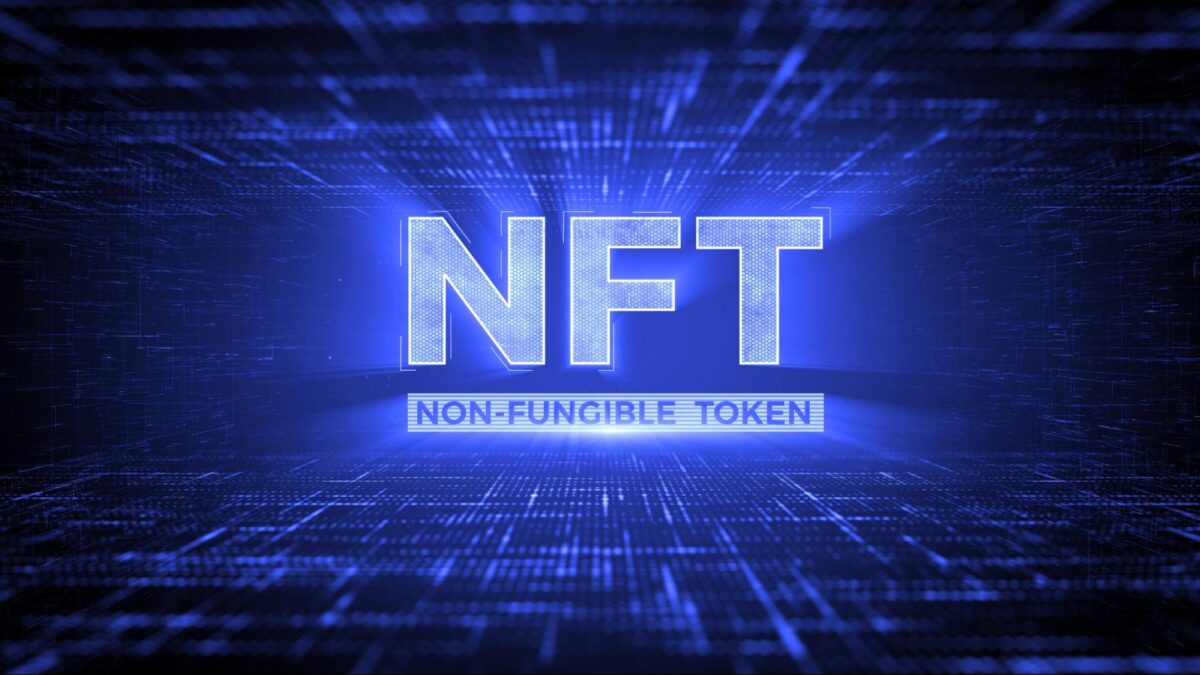The rapid expansion of technology has ushered in a new era where digital and physical realities seamlessly coexist. At the forefront of this transformation are non-fungible tokens (NFTs) and the sprawling landscapes of the Metaverse and virtual worlds. NFT development company play an important role in crafting the infrastructure that brings these digital frontiers to life. These advancements are fundamentally reshaping how we interact with digital environments, and more importantly, how we assign value and ownership within them. This article delves into the critical function of NFTs in virtual worlds and the Metaverse, exploring their impact on digital ownership, trade, fostering communities, and more.
Understanding NFTs
Non-fungible tokens, or NFTs, are one-of-a-kind digital assets that have been confirmed using blockchain technology. Unlike fungible cryptocurrencies like Bitcoin or Ethereum, which may be swapped one-on-one, NFTs have unique identities and values. This distinguishing feature makes them perfect for reflecting ownership of digital objects such as art, music, virtual real estate, and in-game assets. Each NFT has unique information that distinguishes it from the others, and this data is maintained on a blockchain to ensure transparency and security.
Metaverse: A New Frontier
The Metaverse is an immersive digital realm in which users can interact with one another and the environment in real time, typically via avatars. It integrates numerous virtual worlds, social areas, and gaming environments to provide a unified, interconnected digital ecosystem. The Metaverse promises to transform the way we socialize, work, study, and enjoy ourselves by bringing together digital and physical realities.
The Intersection of NFTs and the Metaverse
NFTs play a crucial role in the Metaverse, enabling a functioning digital economy. They provide actual ownership and provenance of digital assets, which is critical in an environment where consumers commit time and money in their virtual lives. Here’s how NFTs shape the Metaverse:
1. Digital ownership and provenance
NFTs confirm ownership of digital assets, such as virtual real estate, avatar apparel, or exclusive game items. Blockchain technology ensures that ownership is verifiable and cannot be replicated or altered without approval. In the Metaverse, users can own unique goods that they can trade, sell, or display, just like physical belongings in the real world.
2. Economic Opportunities
The integration of NFTs in the Metaverse has created new economic opportunities. Users can produce, buy, and sell digital products and services, resulting in a bustling digital economy. Virtual real estate, for example, has grown into a lucrative business in which people buy land in virtual worlds, develop it, and then sell it for profit. This economic model mimics real-world property markets, providing tangible value to digital assets.
3. Interoperability between platforms.
NFTs facilitate interoperability across multiple virtual worlds in the Metaverse. This means that an asset acquired in one game or platform can be utilized in another, improving both the user experience and the value of digital assets. An avatar’s attire purchased in one virtual world can be worn in another, facilitating a smooth transition and connection between settings.
4. Empowering creators.
NFTs empower creators by giving them a way to monetise their digital creations. Artists, artists, and developers may sell their work directly to consumers, ensuring they are fairly compensated. The decentralized nature of NFTs also allows authors to retain control over their work, including resale rights, which can provide ongoing money through royalties.
5. Improving Community and Social Interaction.
NFTs play an important part in Metaverse community building. Exclusive NFT ownership can provide access to unique events, clubs, or experiences, instilling a sense of belonging and exclusivity. These digital goods can also serve as social signals, showcasing one’s status or accomplishments within a community, similar to luxury objects in the actual world.
Case Studies of NFTs in the Metaverse
1. Decentraland
Decentraland is a virtual environment created on the Ethereum blockchain in which users may purchase, sell, and develop land parcels using NFTs. These land parcels can be utilized to develop a variety of projects, including virtual shops and interactive experiences. NFTs power Decentraland’s economy, with users investing in digital real estate and unique things to boost their virtual presence.
2. Axie Infinity
Axie Infinity is a blockchain-based game in which participants breed, grow, and battle Axies, or NFTs. Players can earn cryptocurrencies while playing, which can then be turned into real money, making it a significant source of income for many. The game’s success demonstrates the potential of NFTs to create compelling and commercially sustainable gaming environments.
3. The Sandbox
The Sandbox is another virtual environment that uses NFTs to enable users to develop, own, and sell game experiences. Players can buy land, create games, and trade assets with NFTs. The platform enables creators by giving tools for designing and sharing games, resulting in a thriving, user-generated content economy.
Challenges and Considerations
1. Environmental impact.
One of the main worries about NFTs and blockchain technology is their environmental impact. Blockchain transactions consume a large amount of energy, prompting concerns about their sustainability. As the Metaverse expands, finding more environmentally friendly solutions for blockchain operations will become critical.
2. Market volatility.
NFT prices can be extremely variable, driven primarily by speculation. This volatility has the potential to create market bubbles and pose major financial danger to investors. To ensure a stable and sustained NFT market, strict regulation and market oversight are required.
3. Digital Rights and Security.
As with any digital asset, the security and protection of NFT ownership are critical. Cybersecurity threats and digital theft jeopardize users’ money. Implementing strong security measures and educating users on safe behaviors will be critical to preserving trust in the NFT market.
Future of NFTs in the Metaverse
The function of NFTs in the Metaverse is expected to grow as technology advances and acceptance grows. Several trends are expected to shape the future:
1. Integration with Augmented and Virtual Reality (AR/VR)
The integration of NFTs with AR and VR technologies will result in ever more immersive and interactive experiences. Users will be able to own and engage with digital assets in both virtual and augmented reality, erasing the distinction between the digital and physical worlds.
2. Mainstream Adoption.
As more mainstream organizations and brands enter the NFT arena, we may anticipate greater acceptance and integration of NFTs into regular digital interactions. This might include popular brands’ virtual products and NFTs used as concert and event tickets.
3. Enhanced User Experiences
The creation of more complex and user-friendly platforms for designing, trading, and maintaining NFTs would improve the user experience. This will make NFTs more accessible to a larger audience, resulting in increased adoption and innovation.
4. Ethical and sustainable practices.
The NFT community is becoming more aware of the need of environmentally friendly and ethical business operations. Blockchain technology innovations, such as the move to proof-of-stake (PoS) consensus processes, are projected to have a lower environmental impact. Furthermore, there is a rising emphasis on upholding fair practices and respecting creators’ rights.
Conclusion
NFTs are changing the way we think about ownership and value in the digital world, and they are critical to the Metaverse’s development. NFTs contribute to the development of a robust and dynamic digital economy by providing verifiable ownership, creating economic opportunities, promoting community, and empowering innovators. As technology and acceptance grow, the combination of NFTs and the Metaverse will open up new possibilities, altering how we interact with and perceive digital spaces. Embracing these breakthroughs while solving the related obstacles is critical to realize the full potential of this digital frontier.
Additionally we excel in enhancing app visibility and efficiency on the App Retailer via our specialised experience in App Store Optimization Services at IndeedSEO. By leveraging our revolutionary methods and meticulous consideration to element, we be sure that your app stands out amidst the competitors, driving elevated downloads and engagement. Belief us to optimize your app for max influence on the App Retailer platform.



